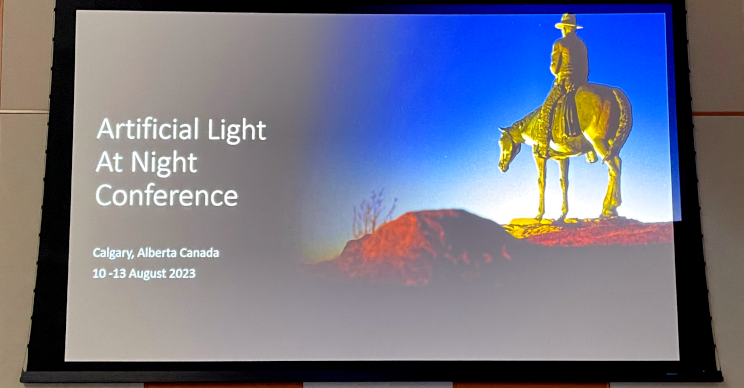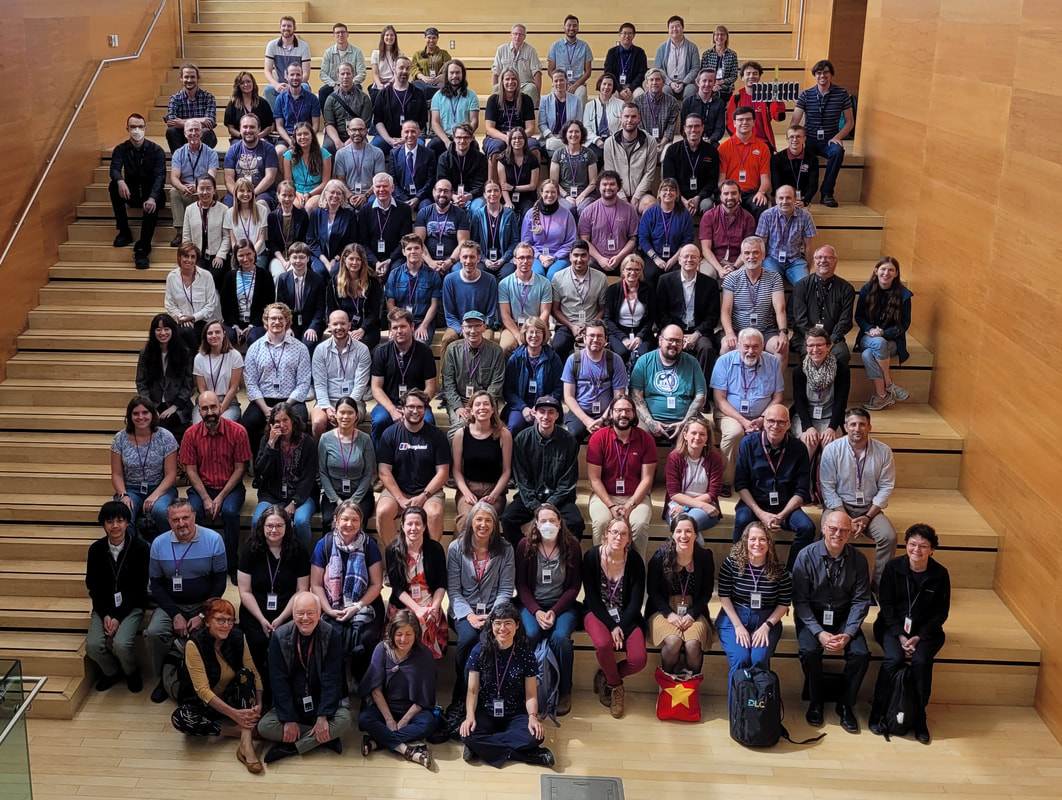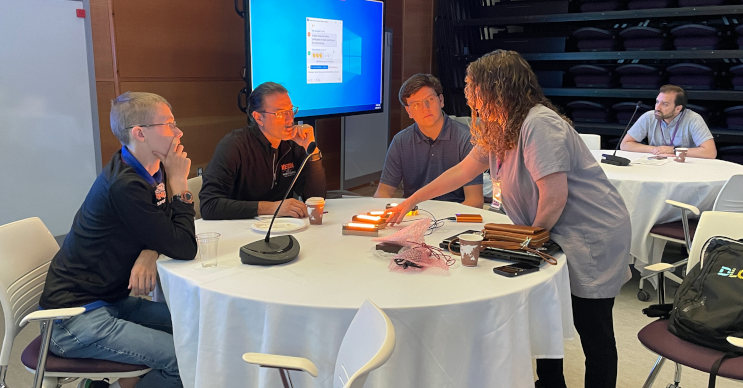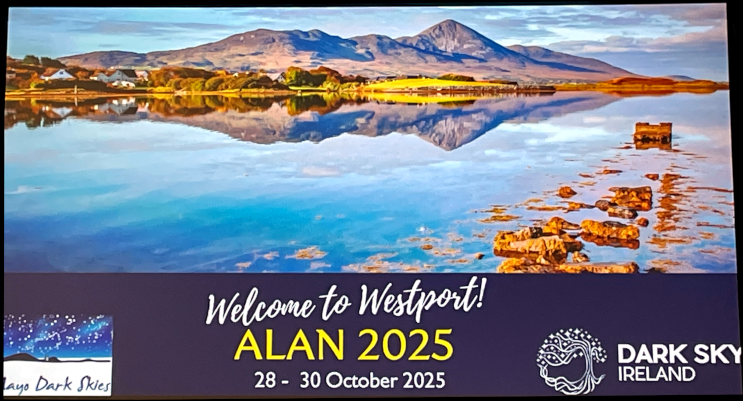Archives
June 2024
Categories
All
|
Back to Blog
Conference report: ALAN 20239/1/2023 996 words / 4-minute read Summary: A diverse group of the world's light pollution experts recently met at the Artificial Light At Night 2023 conference. The main themes of the conference and important results presented there are reviewed, giving a sense of the research community's current direction. Many of the world's experts on light pollution recently met in Calgary, Canada, to discuss their latest findings. The Eighth International Conference on Artificial Light At Night (ALAN) was held in Calgary, Canada during 11-13 August 2023. We were there to learn about recent research results and new directions that ALAN science is heading. The ALAN conference series began in 2013. Starting with the 2018 edition, it occurs every other year, alternating with the Light Pollution: Theory, Modeling and Measurement conference. This year's edition saw its highest level of participation from the largest number of countries ever. 108 people attended in person on the University of Calgary campus and about 50 participated as virtual delegates. Group photo of the ALAN 2023 conference attendees This year’s attendees represented every populated continent except Africa. The participants represented some 28 countries. One-third of attendees were students, many of whom study ALAN as part of their graduate thesis or dissertation work. Despite some computer networking issues, virtual participation in the conference seemed strong. Besides to the in-person event in Calgary, a virtual poster session took place in late July using the Gather.town environment online. The ALAN Steering Committee accepted so many of the submitted abstracts that much of the in-person event ran in two parallel sessions. The broad topical content of the tracks was ALAN impacts on wildlife and ecology, and measurements and monitoring of light pollution. These tracks reflect where the majority of the research interest (and funding) are at this point in the field's history. There were fewer presentations about social science and public policy than in past years. Land acknowledgements were a frequent part of the proceedings. Former Calgary city councilor Brian Pincott explained that this is part of the ongoing truth and reconciliation process in Canada. "We have a lot to do to make sure our future includes everyone," Pincott said during his conference wrap-up on Sunday afternoon. Jennifer Howse (University of Calgary) gave the banquet talk, "Reclamation Under Alberta Skies", on Saturday night. Howse, a Métis woman, used her time to bridge the worlds of her Indigenous and European ancestry with the modern world in the context of her dark-sky work. She noted the importance in many Indigenous cultures of asking the question “How will people in seven generations live?” Howse also advised listeners to ponder that question in light of our activities that impact space and the night sky. It reminded attendees that the next frontier of dark-sky conservation involves social and environmental justice concerns. Diane Turnshek (Carnegie Mellon University) raised the issue of the increasing number of people who have never seen the Milky Way. It is therefore challenging to communicate with them about starry skies when this is not something they have directly experienced. Waleska Valle (Adler Planetarium) spoke about her experience working with youth in Chicago to identify the ways in which light pollution impacts their communities. And Doug Sam (University of Oregon) used the International Dark Sky Park designation effort at Mesa Verde National Park as a case study to examine such efforts through the theoretical framework of decolonization. “When we designate future IDSPs, we must involve native peoples as a matter of justice," Sam explained. Leora Radetzky (DesignLights Consortium) shows off samples of low-color temperature white LED lights. As usual, the scientific presentations were all high-quality and stimulated lively discussion. The main takeaways from the posters and talks include:
Friday night saw a successful public outreach event put on by the ALAN conference in coordination with the Royal Astronomical Society of Canada Calgary Centre. About 300 people attended the event, which included an introductory talk about light pollution and a panel discussion with researchers. Afterward, attendees could view the night sky through telescopes set up on the University of Calgary campus. Dark Sky Consulting's John Barentine presents at the RASC Calgary Centre public event on Friday night. As participants began to disperse and head home beginning on Sunday, many reported how refreshing the experience was. ALAN 2013 was the first in-person conference in the series since 2018. The onset of the COVID-19 pandemic in 2020 caused the organizers to pivot to an online-only format. For many, the Calgary conference was the first time they saw their colleagues in person since 2019. Given that the research community is still small, the ALAN conferences feel more like village assemblies. A return to meaningful, in-person interactions supports the kind of collegiality that constantly draws students who want to make a career of night studies. It also supports collaborations that become friendships while yielding high-quality research results that push the field ahead. Announcement of the venue for the 2025 ALAN conference It is traditional to name the next host city at the conclusion of ALAN. On Sunday, attendees learned that the next meeting will be held in County Mayo, Republic of Ireland, in October 2025. Already many look forward to their next opportunity to present their work, reunite with old friends and meet new ones.
0 Comments
Read More
|
 RSS Feed
RSS Feed





